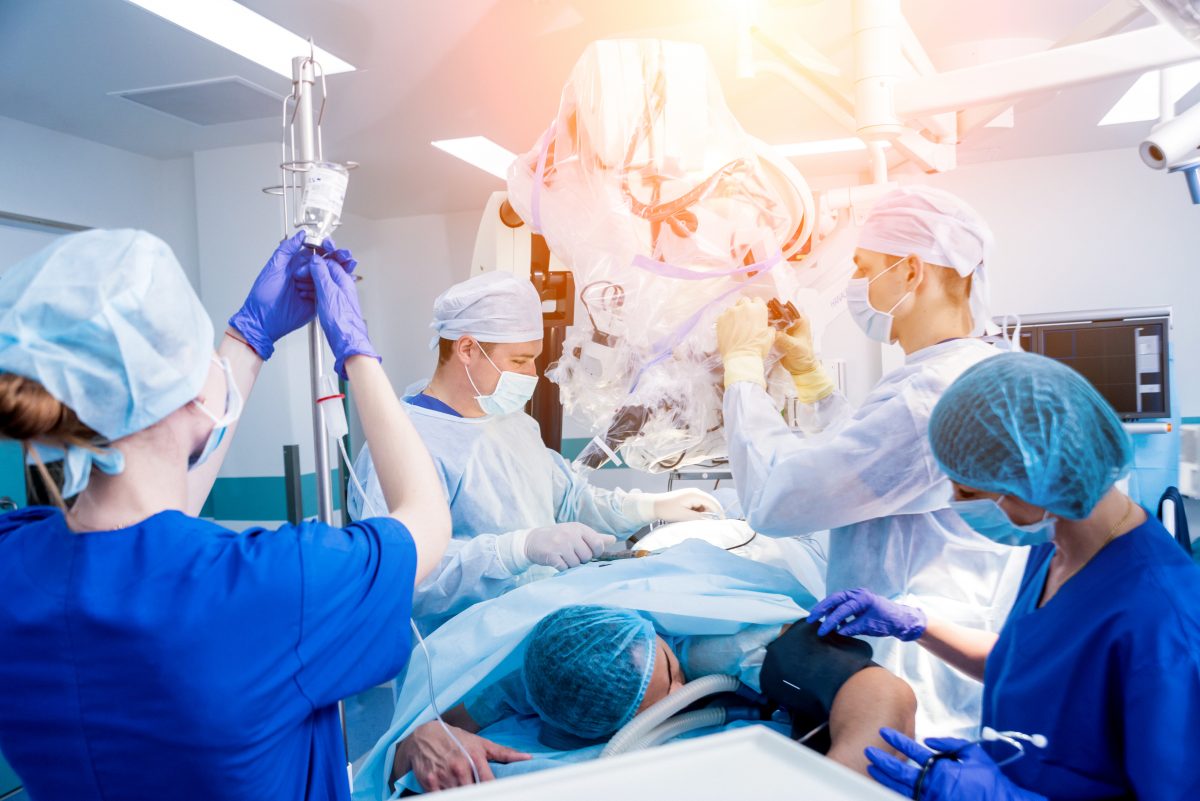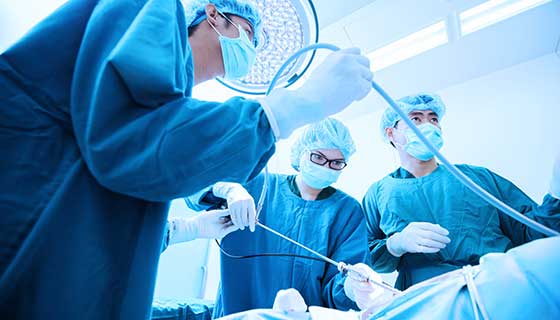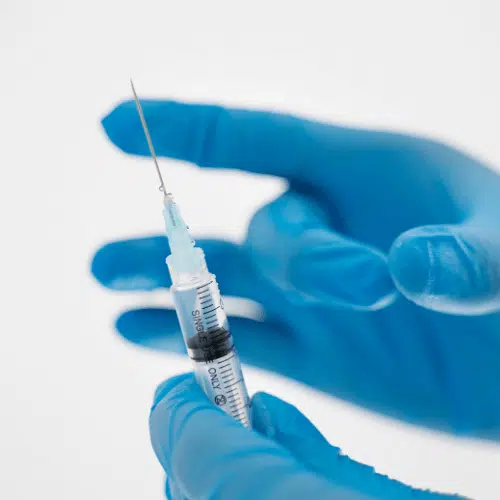Just How Insurance coverage Works with the Best Spine Surgeons in St Louis MO
Just How Insurance coverage Works with the Best Spine Surgeons in St Louis MO
Blog Article
A Review of Back Problems That Usually Cause Surgical Treatments
Back conditions such as herniated discs, back stenosis, and degenerative disc disease frequently necessitate surgical treatments when traditional treatments fail to alleviate persistent signs. Comprehending the subtleties of each problem and the matching surgical choices, such as discectomy or spinal blend, is vital for reliable monitoring.
Herniated Discs
Although several people with herniated discs might locate alleviation via conservative therapies, surgical procedure comes to be a needed consideration when signs and symptoms continue or get worse - best spine surgeons in st louis mo. A herniated disc takes place when the soft internal gel of a spine disc extends with its external layer, potentially leading and compressing nearby nerves to pain, numbness, or weakness in the extremities
Traditional administration typically includes physical therapy, pain medicines, and corticosteroid shots, which aim to decrease inflammation and improve function. In situations where these techniques stop working to reduce incapacitating signs, medical options may be explored.
One of the most common surgical treatment for herniated discs is a discectomy, which includes the elimination of the herniated part of the disc to relieve pressure on the affected nerve origin. In a lot more severe situations, back combination may be required to support the influenced vertebrae.
Individuals are suggested to review the prospective dangers and advantages of surgical procedure with their doctor to make a notified choice. Eventually, the objective of any surgical intervention is to restore function, alleviate discomfort, and boost general high quality of life for people dealing with herniated discs.
Spine Stenosis
Spinal stenosis takes place when the areas within the spinal column slim, bring about increased stress on the spine cord and nerves. This condition can develop in numerous regions of the spine, consisting of the cervical and back areas, often due to age-related modifications, such as degenerative disc disease, arthritis, or thickening of tendons.
Patients with spinal constriction may offer with signs and symptoms that include pain, pins and needles, prickling, or weak point, mostly in the legs or arms. These symptoms can be intensified by activities that include standing or strolling, typically leading people to look for alleviation through conventional treatments like physical treatment, drugs, or epidural steroid shots.
Nevertheless, when these non-surgical interventions fall short to provide ample relief, medical alternatives may be thought about. Typical surgeries for spine constriction consist of laminectomy, which entails the removal of component of the vertebra to alleviate stress, and spinal combination, which stabilizes the afflicted area. The choice to pursue surgery is normally based on the extent of symptoms, the degree of functional impairment, and the overall health of the individual. Trigger diagnosis and administration are crucial to avoid more neurological compromise and boost lifestyle.
Spondylolisthesis
Spondylolisthesis occurs when one vertebra slips forward over another, causing misalignment of the spine. This problem can result from different variables, consisting of congenital defects, trauma, or degenerative adjustments in the back. It is most commonly observed in the lumbar region, especially at the L4-L5 and L5-S1 levels.

When non-surgical approaches fall short to eliminate symptoms or when substantial nerve compression is present, surgical intervention might be required. Surgical choices can consist of spinal fusion or decompression treatments, aimed at restoring positioning and relieving neurological symptoms.
Degenerative Disc Disease

Patients with DDD usually experience discomfort that might emit to the legs or arms, relying on the affected region of the spine. The problem can be diagnosed with a combination of professional examination, imaging researches, and patient history. Treatment options normally start with traditional procedures, including physical treatment, pain monitoring, and way of life modifications. When these techniques stop working to supply ample relief, surgical treatments might be taken into consideration.
Surgical choices for DDD might consist of spinal combination or artificial disc substitute, targeted at supporting the impacted sector and reducing discomfort (best spine surgeons in st louis mo). Eventually, the choice of treatment is individualized, taking into account the seriousness of the problem, client wellness, and way of life variables
Spine Lumps

What aspects add to the development of tumors within the spinal column, and just how do they show up in people? Back growths can develop from numerous variables, consisting of genetic proneness, ecological influences, and pre-existing medical problems. They can be classified as key lumps, coming from in the spinal column, or additional growths, which spread out from various other regions of the body. People might present with a variety of signs, including localized pain, neurological deficits, weakness, or adjustments in digestive tract and bladder function, depending on the growth's dimension and place.
Surgical treatment might be called for to alleviate signs, obtain a biopsy, or eliminate the lump totally. The objective of surgical procedure is commonly to decompress neural elements and support the spinal column. Early discovery and intervention are essential for maximizing end results in patients with spinal growths.
Conclusion
In recap, spine sites problems such as herniated discs, spinal stenosis, spondylolisthesis, degenerative disc condition, and back tumors often necessitate medical intervention due to their prospective to cause significant discomfort and useful problems. While traditional treatments might use short-term alleviation, surgical choices come to be vital when signs aggravate or persist. Prompt medical diagnosis and treatment play a crucial function in recovering function and boosting the lifestyle for damaged people, underscoring the importance of detailed spine care.

Report this page